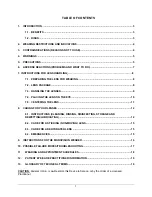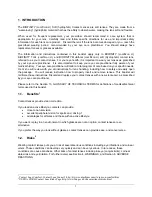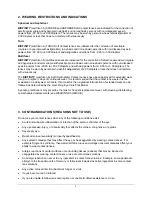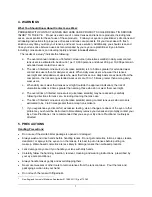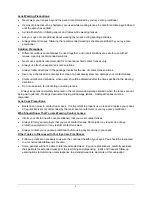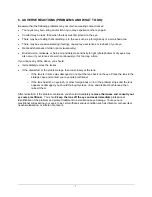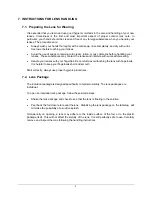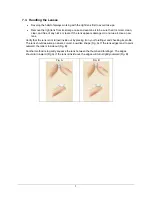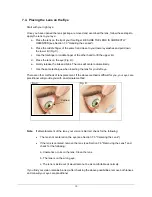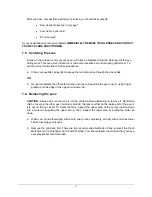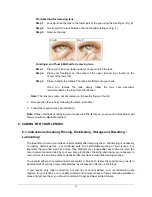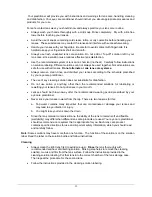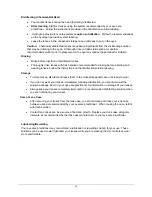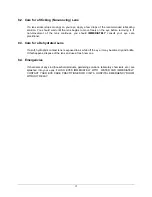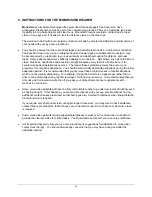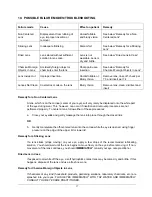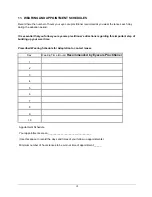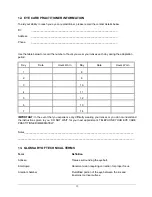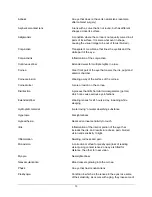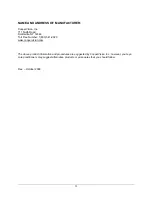
13
Your practitioner will provide you with instructions and warnings for lens care, handling, cleaning
and disinfection. Your eye care practitioner should instruct you about appropriate procedures and
products for your use.
For safe contact lens wear, you should know and always practice your lens care routine:
•
Always wash your hands thoroughly with a mild soap. Rinse completely. Dry with a lint-free
towel before touching your lenses.
•
Avoid the use of soaps containing cold cream, lotion, or oily cosmetics before handling your
lenses. These substances may contact the lenses and interfere with successful wearing.
•
Handle your lenses with your fingertips. Be careful to avoid contact with fingernails. It is
helpful to keep your fingernails short and smooth.
•
Always use fresh unexpired lens care solution. Do not add or “top-off” solution left in your
lens case, since solution reuse reduces effective lens disinfection.
•
Use the recommended system of lens care, chemical (not heat). Carefully follow instructions
on solution labeling. Different solutions can not always be used together. Not all solutions are
safe for use with all lenses.
Do not alternate or mix lens care systems.
•
Always remove, clean, rinse and disinfect your lenses according to the schedule prescribed
by your eye care practitioner.
•
The use of any cleaning solution does not substitute for disinfection.
•
Do not use saliva or anything other than the recommended solutions for lubricating or
rewetting your lenses. Do not put lenses in your mouth.
•
Lenses should be thrown away after the recommended wearing period prescribed by your
eye care practitioner.
•
Never rinse your lenses in water from the tap. There are two reasons for this:
a. Tap water contains many impurities that can contaminate or damage your lenses and
may lead to eye infection or injury.
b. You might lose your lens down the drain.
•
Since the lens material contains silicone, the ability of the lens to remain soft and flexible
(wettability) may differ when different lens care products are used. Your eye care practitioner
should recommend a care system that is appropriate for you. Each lens care product
contains specific directions for use and important safety information, which you should read
and carefully follow.
Note:
Some solutions may have more than one function. The function of the solution is on the solution
label. Read the label on the solution bottle and follow instructions.
Cleaning
•
Always clean the right lens first (to avoid mix-ups).
Rinse
the lens thoroughly with
recommended saline or disinfecting solution. Rinsing step helps to remove the cleaning
solution, mucus and film from the lens surface. Follow the instructions provided in the
cleaning solution labeling. Put that lens into the correct chamber of the lens storage case.
Then repeat the procedure for the second lens.
•
Follow the instructions provided in the cleaning solution labeling.


